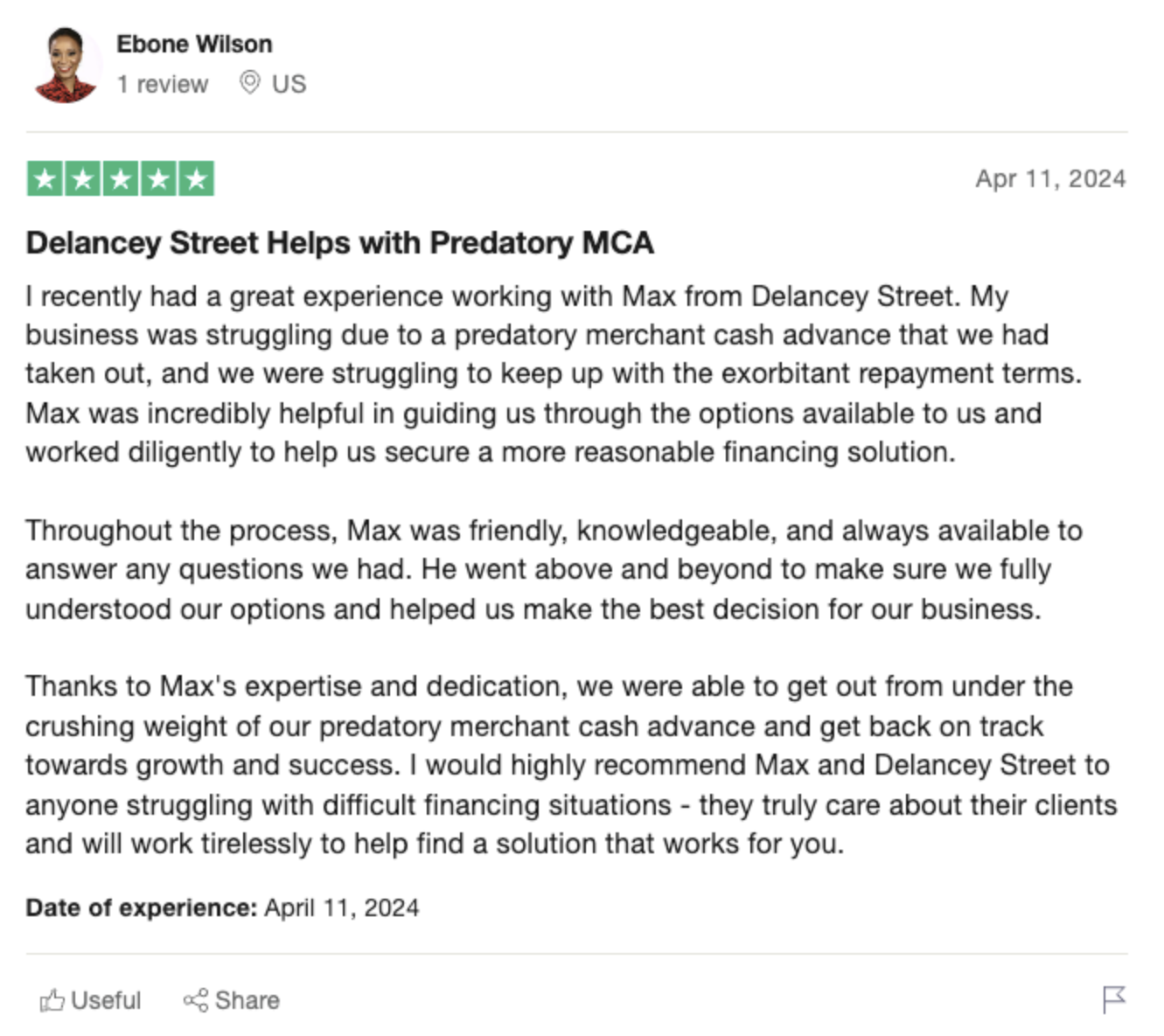INTRO:
Bankruptcy, while a lifeline for those grappling with insurmountable debt, comes with a significant financial burden of its own. If you’re considering filing for bankruptcy in Washington, it’s crucial to understand the myriad costs involved. These expenses aren’t limited to just legal fees; they encompass various stages and elements, each adding to the overall financial load. This article delves into the different facets of bankruptcy costs in Washington, providing a comprehensive guide to help you navigate this challenging process.
Understanding the Financial Implications of Bankruptcy
Filing for bankruptcy is a decision that shouldn’t be taken lightly. While it offers a route out of unmanageable debt, the associated costs can be substantial and varied. You might think that declaring bankruptcy would wipe the slate clean, but that’s far from the reality. From initial legal consultations to mandatory educational courses, every step incurs expenses, and they can accumulate quickly, often creating a new kind of financial strain. For those already in a tight spot, these costs can be another daunting hurdle.
Bankruptcy fees vary depending on the type of bankruptcy you file. Chapter 7 and Chapter 13 are the most common types for individuals, each with its own fee structure. For instance, Chapter 7 might seem less expensive upfront but often comes with higher filing fees. On the other hand, Chapter 13 involves a repayment plan that stretches over several years, which means extended financial obligations that can add up over time. Thus, it’s not merely about choosing the type but also about understanding the long-term financial implications of each.
 -
-Moreover, the emotional and stress-related costs shouldn’t be underestimated. Financial distress can take a toll on your mental health, potentially affecting your productivity, relationships, and overall quality of life. These indirect costs, while harder to quantify, are just as real and impactful as the direct monetary charges. So, before proceeding, weigh these emotional expenses carefully alongside the financial ones.
Hypothetically, what if you could avoid bankruptcy altogether? Sometimes, alternative measures like debt consolidation or negotiating directly with creditors might offer a viable escape route, potentially saving you from the long-term financial and emotional costs associated with bankruptcy. Exploring all options before making a final decision is crucial.
Legal Fees: The Initial Challenge in Washington
One of the most immediate and unavoidable costs you’ll encounter is the legal fees. Finding a competent attorney in Washington is imperative, as the complexities of bankruptcy law can be overwhelming. Typically, legal fees for Chapter 7 bankruptcy can range from $1,000 to $3,500. For Chapter 13, expect to pay between $2,500 and $6,000, given the extended involvement required over the repayment plan period.
Legal fees are not uniform and can vary based on the lawyer’s experience, the intricacy of your case, and even the geographical location within Washington. Highly experienced lawyers with specialized expertise in bankruptcy may charge more, but their expertise can often result in a more streamlined and less stressful process. Therefore, while opting for a cheaper lawyer might seem attractive, it could result in higher costs in the long run due to inefficiencies or missteps.
 -
-Here’s a summary table outlining likely legal fees:
| Type of Bankruptcy | Typical Legal Fee Range |
|---|---|
| Chapter 7 | $1,000 – $3,500 |
| Chapter 13 | $2,500 – $6,000 |
It’s imperative to engage in thorough discussions with potential lawyers about their fee structures and what services are included. Make sure clarity is obtained to avoid hidden costs that can surface later. Also, consider the structure of payments – some lawyers may offer installment payments, which can alleviate some of the upfront financial pressure.
In hypothetical scenarios, imagine if you didn’t hire an attorney and decided to navigate bankruptcy on your own. While this might save you legal fees, it could end up costing you more if mistakes occur or if your case is dismissed due to incorrect filings. The expertise and peace of mind provided by a knowledgeable attorney can be worth its weight in gold.
Filing Fees and Other Court-Related Costs
Beyond legal fees, filing for bankruptcy in Washington brings its own set of court-related costs. These are mandatory fees that you simply cannot avoid. The filing fee for Chapter 7 bankruptcy is currently $338, while Chapter 13 costs $313. These charges apply regardless of the complexity or specifics of your case and are necessary to initiate the bankruptcy process.
However, what if you can’t afford these fees outright? The court does offer provisions for installment payments or even fee waivers, but these are granted under specific circumstances and stringent eligibility criteria. You must prove that paying the fee would constitute a significant financial hardship—a bar many find difficult to satisfy. So, while these options exist, they are less accessible than one might hope.
 -
-Here is a summary table of filing costs:
| Type of Bankruptcy | Filing Fee |
|---|---|
| Chapter 7 | $338 |
| Chapter 13 | $313 |
But fees don’t end there. Additional costs come into play for things like amending your filings or additional motions, which can add another layer of financial burden. For instance, changing your filed documents can incur costs ranging from $30 to $50 per amendment. While these might seem minor individually, they can add up quickly if multiple changes are needed.
In hypothetical scenarios, consider if you decide mid-process that another type of bankruptcy better suits your situation, necessitating a conversion. This also incurs additional fees, complicating your financial landscape further. Therefore, thorough initial planning and consultation with your attorney are vital to minimize such additional costs.
 -
-Trustee Fees: An Often Overlooked Expense
A commonly overlooked aspect of bankruptcy costs is the trustee fees. When you file for bankruptcy, a trustee is appointed to manage and oversee your case. Trustees in Chapter 7 cases take a commission on the liquidation of your assets, typically around 25% of the first $5,000 of assets sold, decreasing as the value of assets increases. While this may seem like a minor concern, it can quickly scale up depending on your asset portfolio.
Trustee fees in Chapter 13 bankruptcy are somewhat different. Here, trustees receive a percentage of the payments you make under your repayment plan, usually around 5% to 10%. Over a three to five year repayment period, these percentages can add a significant amount to your total costs. These trustee fees are incorporated into your repayment plan but are nonetheless an additional burden you’ll need to account for.
Here is a summary of trustee fees:
| Type of Bankruptcy | Trustee Fee Structure |
|---|---|
| Chapter 7 | 25% of the first $5,000 of assets, decreasing thereafter |
| Chapter 13 | 5% to 10% of the repayment plan payments |
Ignoring trustee fees can lead to under-budgeting for your bankruptcy, thereby creating unexpected financial strain. It’s essential to have frank discussions with your lawyer about these costs to understand how they will impact your overall financial situation.
Exploring alternative scenarios, suppose you have minimal assets to liquidate in a Chapter 7 bankruptcy. In this case, trustee fees might be lower, but consider the other side: if you have significant assets, trustee fees can dramatically increase, significantly inflating your total costs. Hence, a detailed inventory of your assets is crucial before filing to gauge potential trustee fees accurately.
Credit Counseling and Mandatory Education Courses
Before you can declare bankruptcy, you must complete credit counseling from an approved agency. This is a prerequisite intended to ensure that you understand the implications of bankruptcy and explore possible alternatives. The cost of these sessions typically ranges between $25 and $50, and unfortunately, these can’t be skipped. Following the filing, you’ll also need to complete a debtor education course, which usually costs an additional $50 to $100.
Here is a summary of counseling and education costs:
| Requirement | Cost |
|---|---|
| Credit Counseling | $25 – $50 |
| Debtor Education | $50 – $100 |
It’s important to select an agency that is approved by the U.S. Trustee Program to ensure your courses meet the legal requirements. Failure to do so can result in delays or even dismissals of your case.
Now, imagine an alternative where you manage to find a free or discounted course—these do exist, especially for individuals in severe financial distress. While this could save you some money initially, make sure the agency is accredited. Non-approved courses won’t satisfy the court’s requirements, and you’d end up having to retake them, incurring additional costs.
Completion of these courses also offers long-term benefits. The insights gained can help you manage your finances more effectively, potentially preventing a recurrence of financial troubles post-bankruptcy. This mandatory education, albeit another expense, can be seen as an investment in your future financial health.
Hidden Expenses: The Long-Term Financial Toll
Lastly, let’s delve into the hidden costs—the long-term financial toll of filing for bankruptcy. A bankruptcy filing stays on your credit report for up to ten years, making it more difficult to secure loans, obtain employment, or even rent an apartment. The initial relief from debt can be overshadowed by these enduring financial repercussions.
Moreover, post-bankruptcy credit repair costs can add another layer of expense. You might need to invest in credit monitoring services or seek professional help to rebuild your credit score, each adding to the financial burden. The lingering perception of financial instability can also affect insurance premiums, leading to higher costs over time.
Here’s a summary of long-term costs:
| Long-Term Financial Consequence | Estimated Cost |
|---|---|
| Credit Monitoring Services | $10 – $30 per month |
| Higher Insurance Premiums | Varies significantly |
What if you could expedite credit repair by making wise financial decisions post-bankruptcy? Responsible credit card usage and timely bill payments can help rebuild your credit score over time, mitigating long-term costs. However, this requires discipline and a solid financial strategy, both of which are crucial for easing back into financial stability.
In hypothetical terms, consider if you had alternative sources of income or assets you could leverage to avoid bankruptcy. While this might delay or prevent the need for filing, it could also expose you to other risks, such as asset liquidation or additional debt. Thus, comprehensive financial counseling and planning are advised to explore and prepare for all potential outcomes.
OUTRO:
Bankruptcy, albeit a solution to unmanageable debt, is fraught with numerous financial and emotional costs that need to be thoroughly understood and considered. This guide aims to shed light on these various expenses, from the unavoidable legal and filing fees, often-overlooked trustee fees, and mandatory educational courses, to the long-term financial consequences of having bankruptcy on your record. By comprehensively assessing these costs and exploring potential alternatives, you can make a well-informed decision to navigate this complex financial terrain with greater confidence and clarity.







